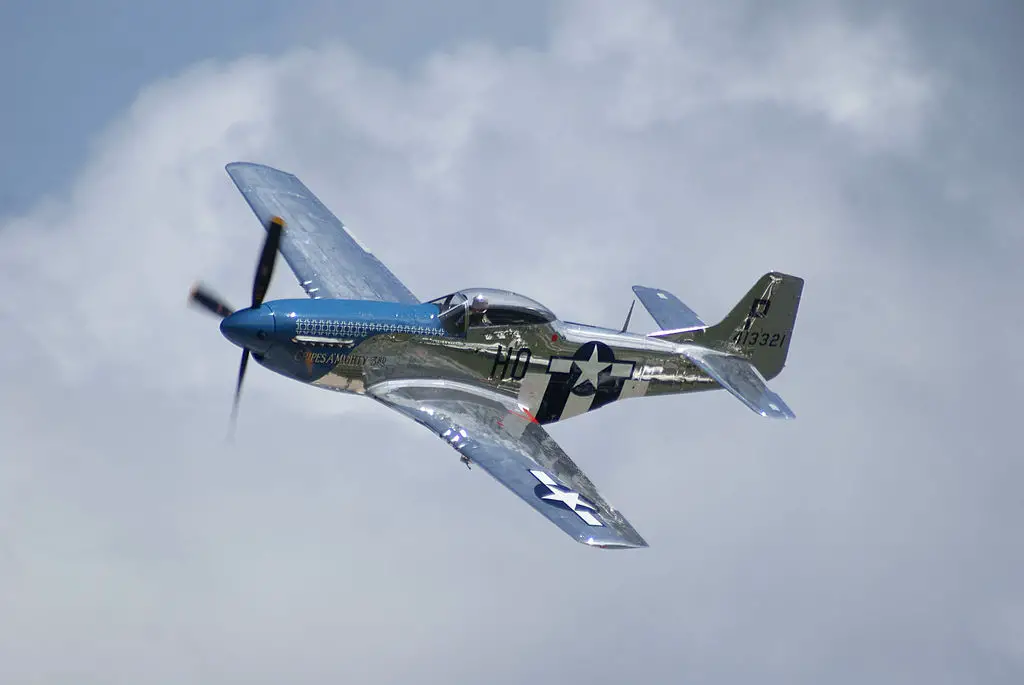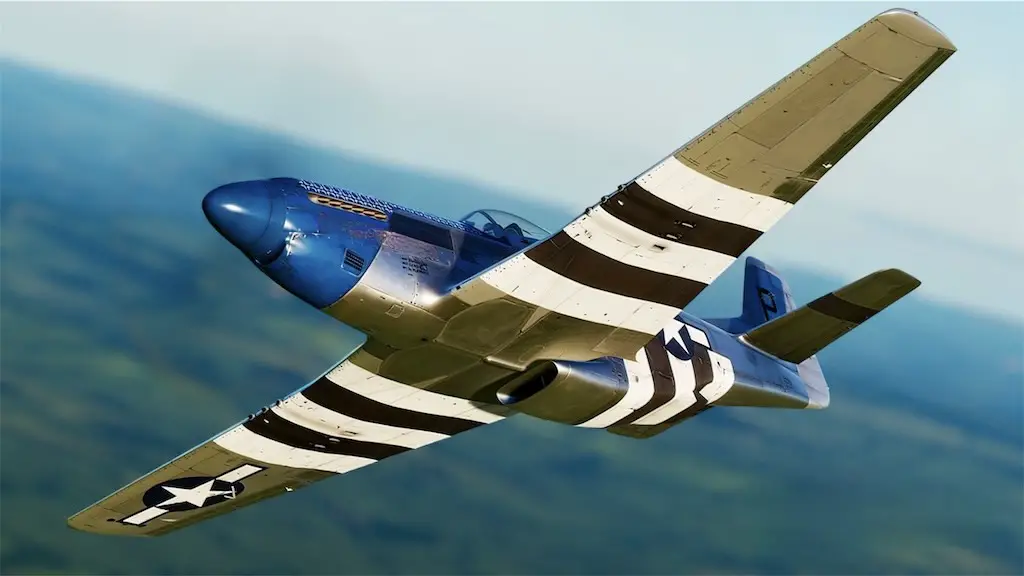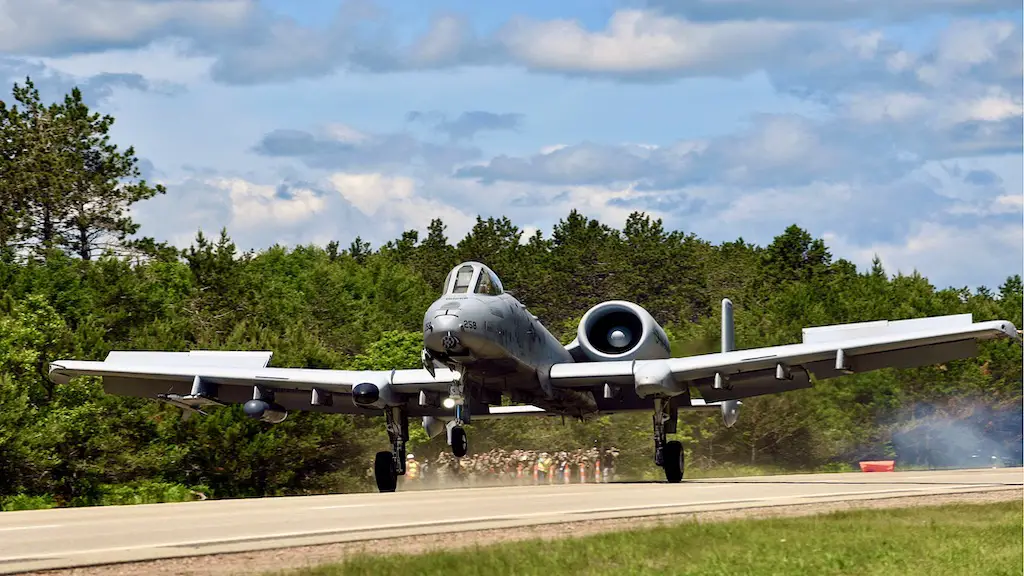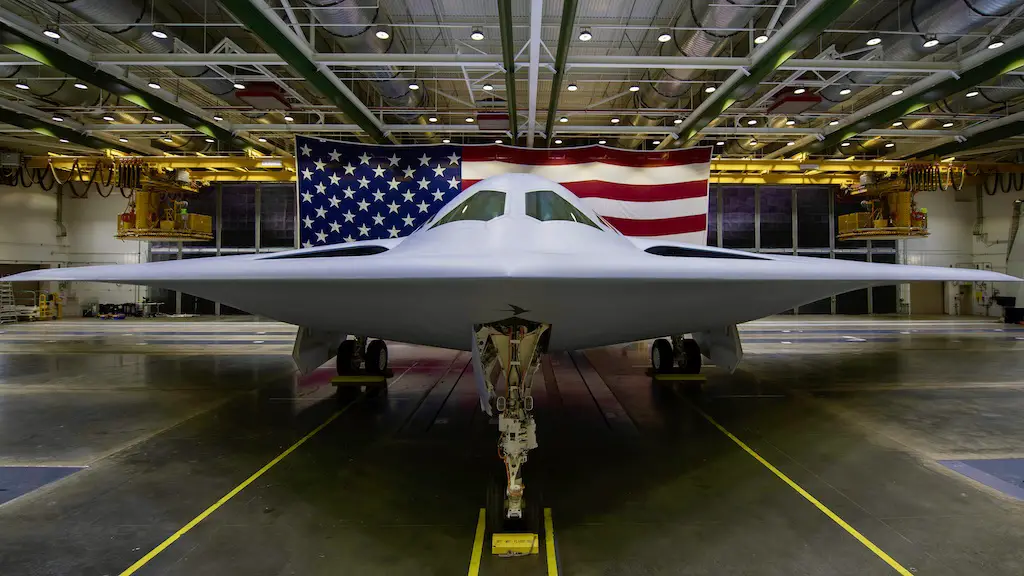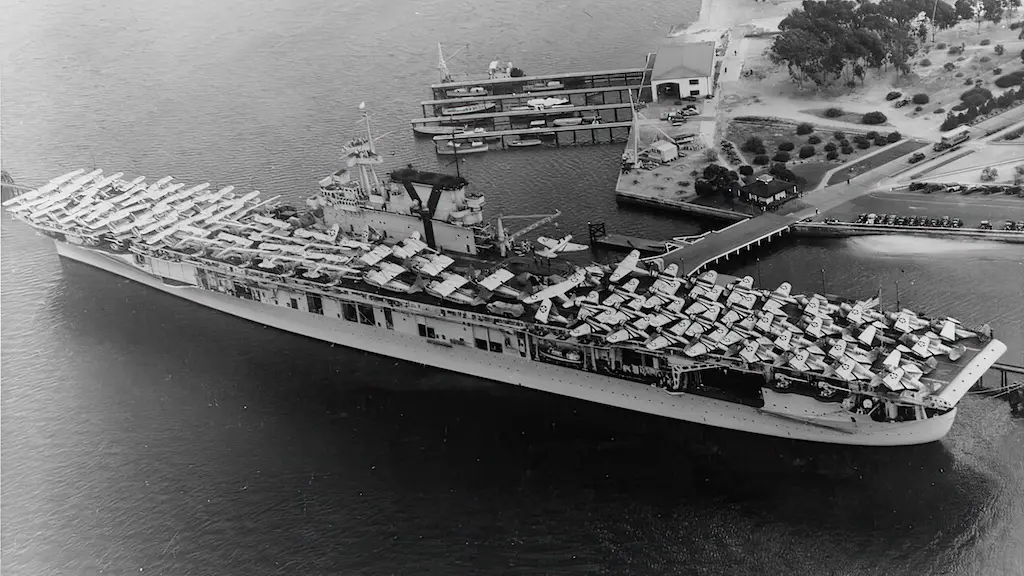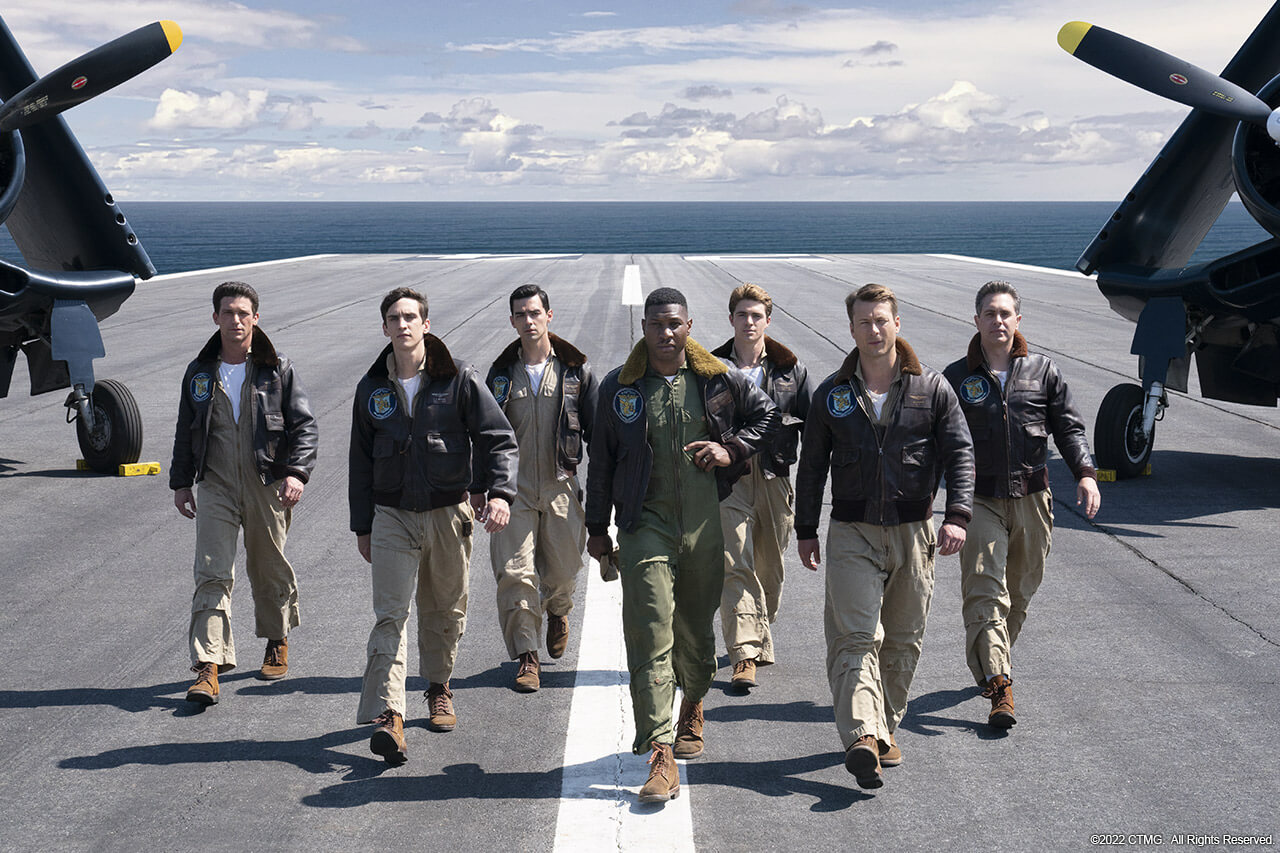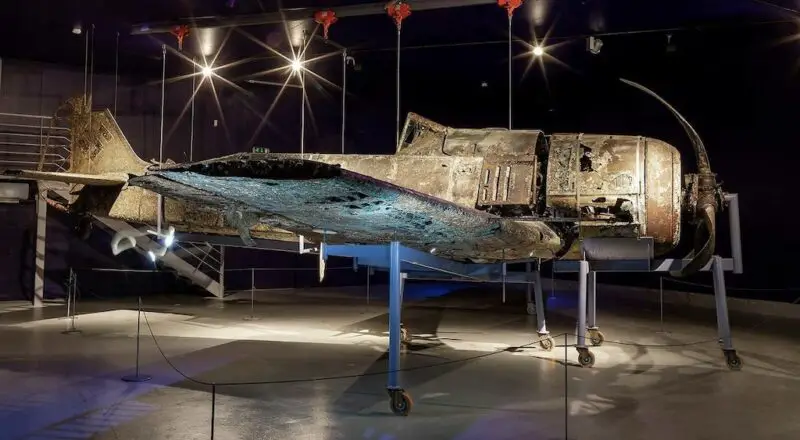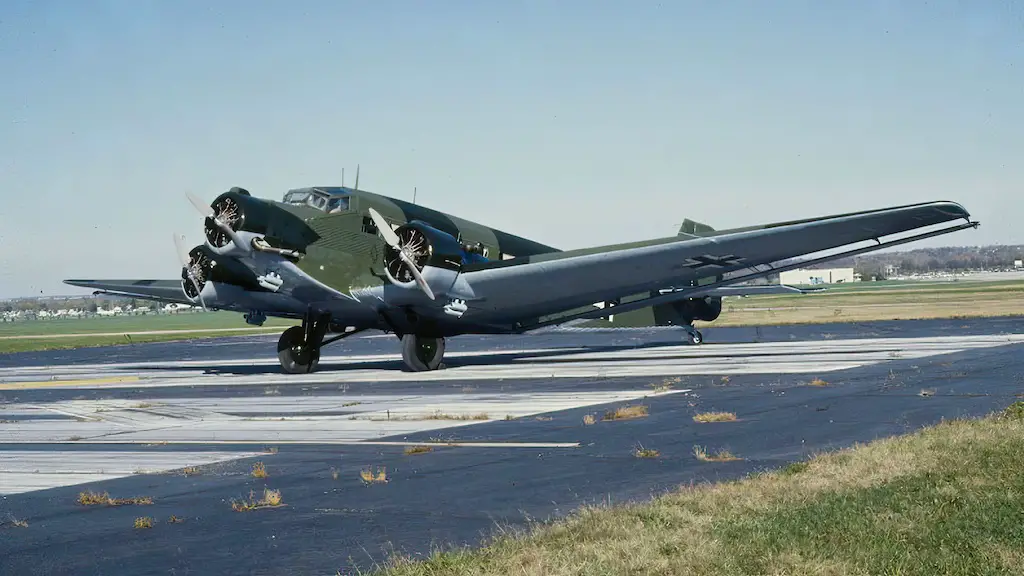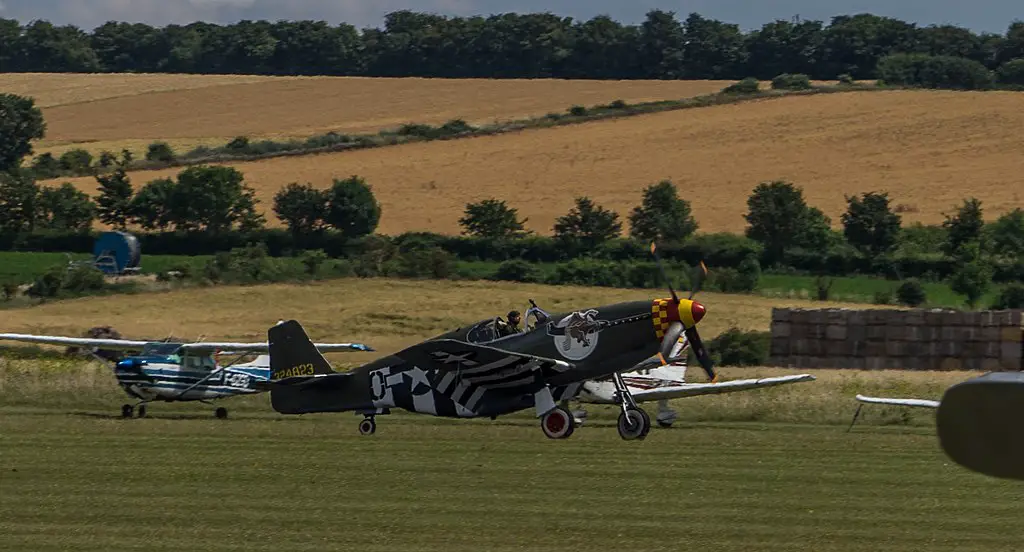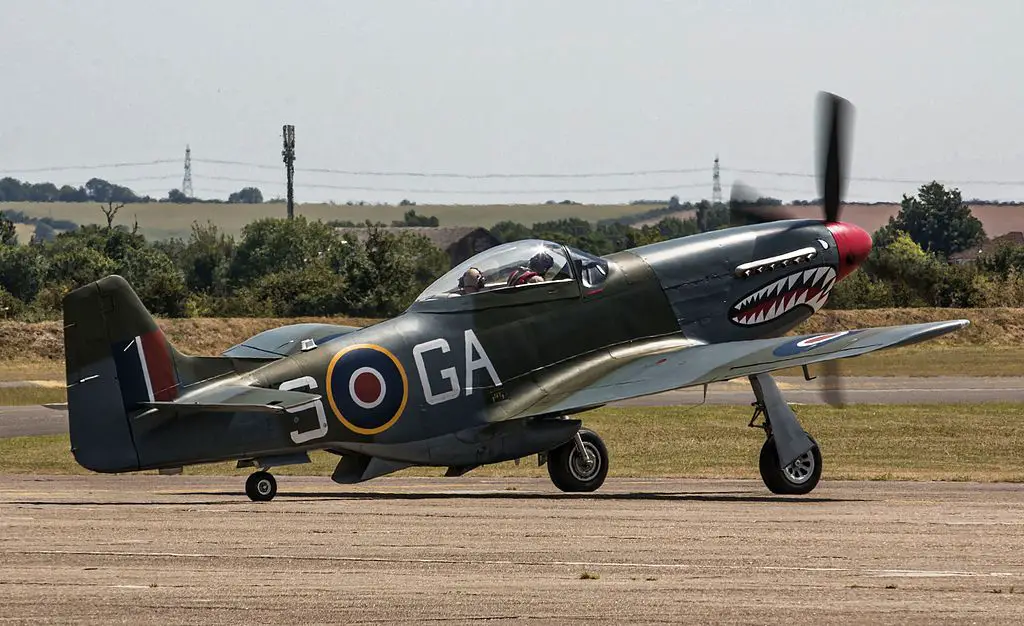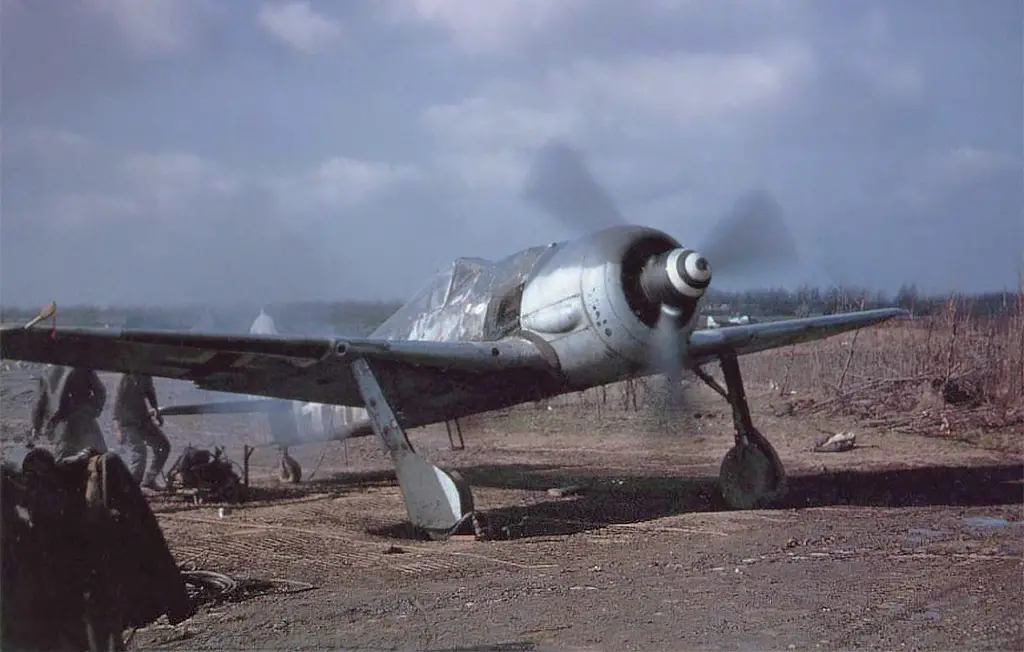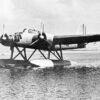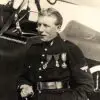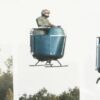Adapting to New Challenges in the Sky
In the early summer of 1944, Europe was on the brink of a decisive moment in World War II. As soldiers prepared to storm the beaches on D-Day, air cover from the Eighth Air Force was crucial. Among these brave airmen was Ed McNabb. Traditionally tasked with high-level escort missions, McNabb and his fellow pilots faced a new challenge: low-level ground support. This dangerous task demanded intense combat readiness and posed significant risks.
May 1944 brought a significant shift in the Eighth Air Force’s strategy. Ed McNabb’s flight log, previously filled with high-altitude escort missions, now included dive-bombing practice. This sudden change in tactics was a clear indication of the upcoming Operation Overlord. The Allied invasion of France required P-51 pilots to adopt a new role in low-level bombing and attack. Dive bombing was a complex skill, requiring precise calculation, timing, and a deep understanding of the tactic. With limited time before D-Day, these practice sessions were critical yet insufficient for mastering this new method.
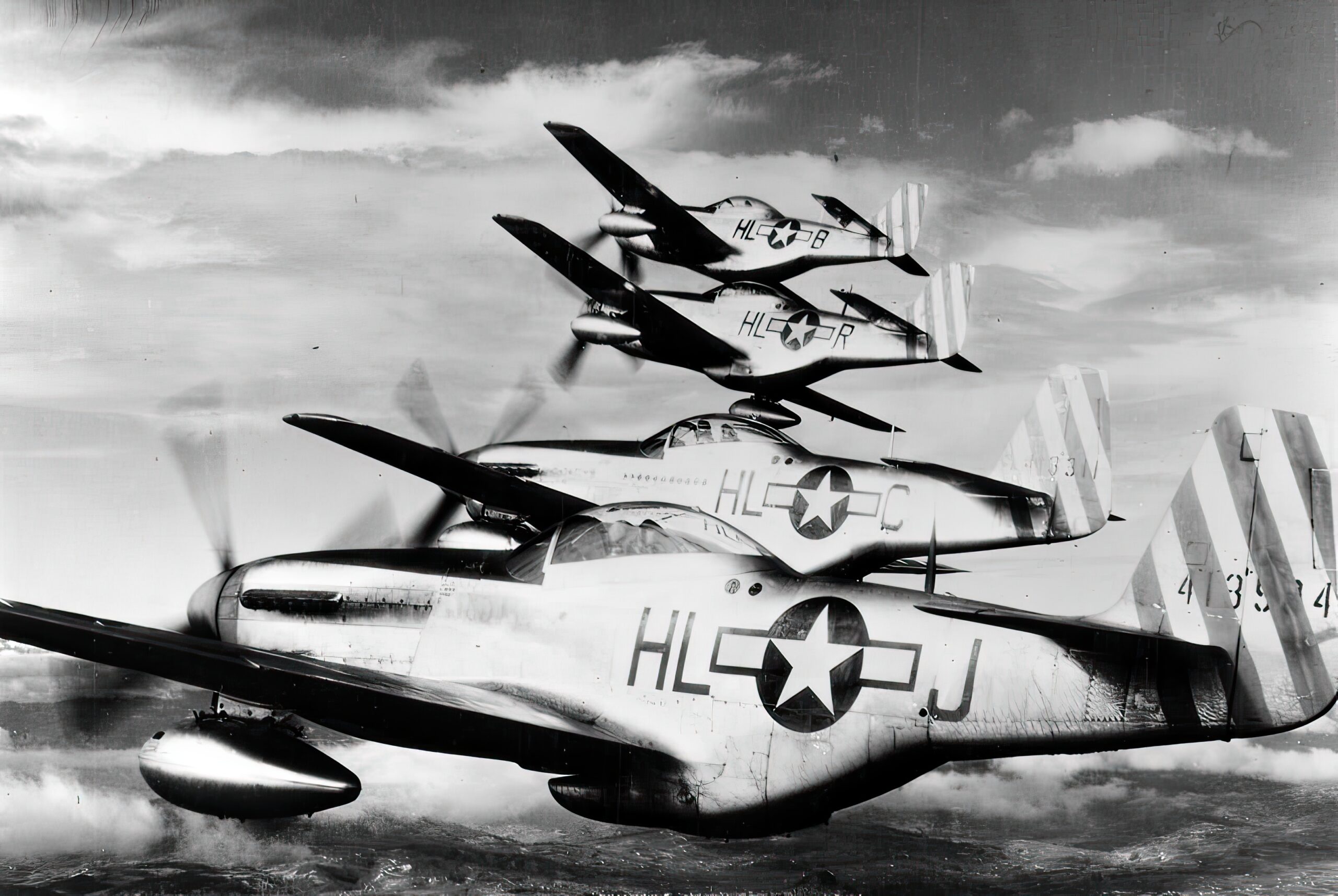
Mastery of the Skies
The transition from high-altitude dogfights to low-level dive bombing presented a stark contrast in aerial combat techniques. Pilots had to adjust from engaging moving targets in the air to accurately hitting stationary targets on the ground. This shift required consideration of various factors like wind, descent angle, and maintaining the correct pitch angle in the Mustang. A minor variation in pitch angle could significantly alter the bomb’s trajectory. Furthermore, pilots had to contend with ground-based enemy fire, adding another layer of complexity to their missions.
As D-Day approached, another significant development arrived: the introduction of the P-51D model. This upgraded Mustang featured enhanced capabilities, including the iconic invasion stripes designed to prevent friendly fire during the chaotic landings in France. However, the distribution of these new aircraft was gradual, with pilots transitioning from the B model to the D model as needed.
A Pilot’s Crucial Role
June 6, 1944, marked a pivotal day in history. As the invasion forces amassed in England, the Mustangs of the 355th Fighter Group, including McNabb, were preparing for their vital role in Operation Overlord. D-Day stripes adorned their aircraft, a visual cue to avoid friendly fire. The pilots embarked on escort missions leading up to the invasion, followed by a brief rest before the significant day.
On D-Day, the 355th took to the skies, not assigned to the beachhead but to patrol areas. These early morning flights were challenging, requiring careful navigation in the dark and amidst the glow of naval bombardment. The primary threat during these patrols was the risk of mid-air collisions. The first mission of the day was uneventful, with poor visibility limiting their engagement. However, their role was far from over. After returning to England, they were quickly refueled and prepared for a dive-bombing mission.
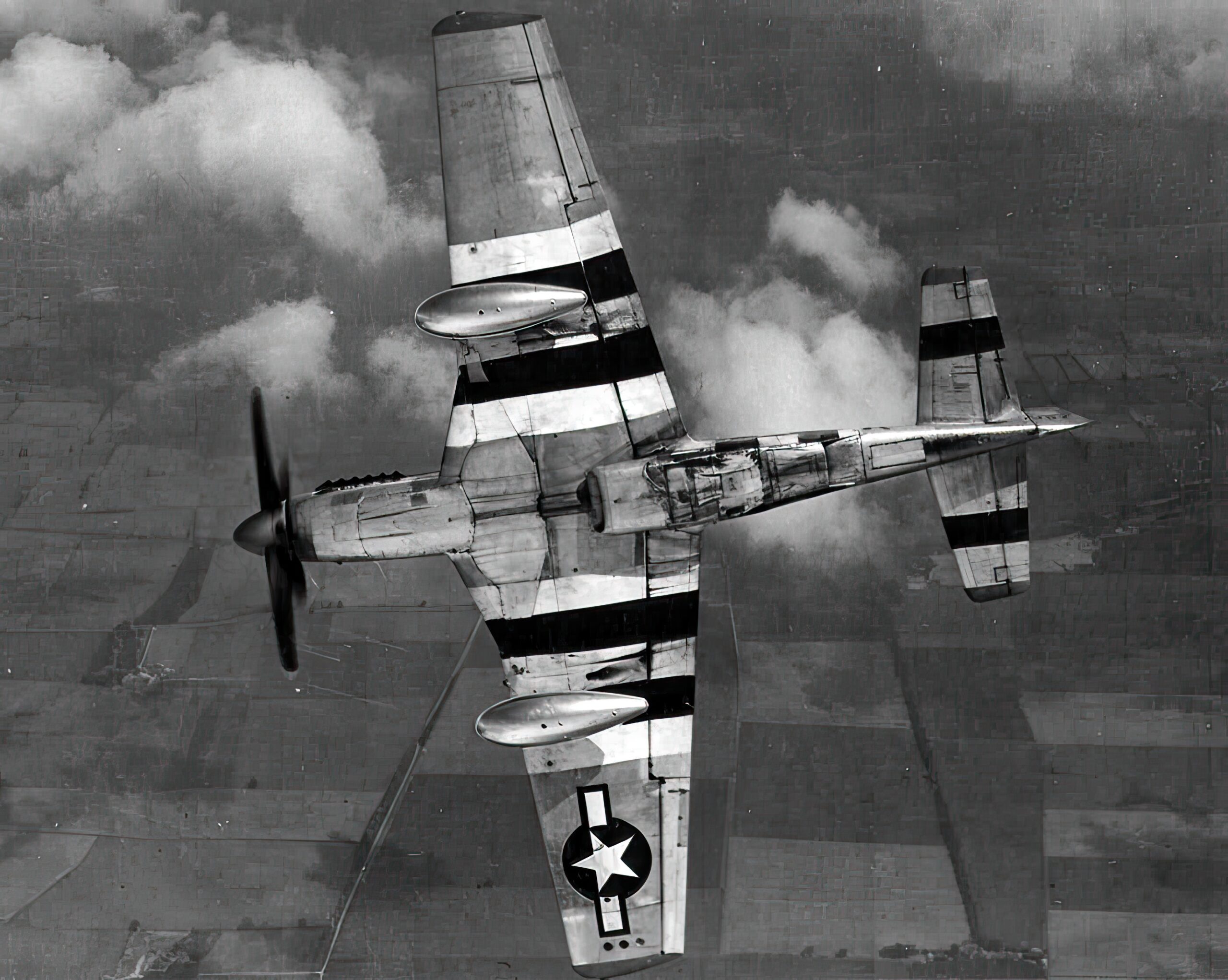
The Harsh Realities of Aerial Combat
This second mission thrust the pilots into the heart of the battle. Their task was to target enemy vehicles and supplies heading towards the beaches, a crucial effort to support the ground troops. The 355th, equipped with bombs, dove into action, striking targets with precision and ferocity. Every attack aimed to suppress enemy fire, clearing the way for Allied forces to establish a beachhead.
During one of these intense missions, tragedy struck. Ed McNabb and his wingman, a young pilot named Thomas J. Foster, flew too close during a strafing run, resulting in McNabb’s aircraft being hit by friendly fire. Reacting quickly, McNabb ascended to high altitude, hoping to extinguish the fire by depriving it of oxygen. His plan succeeded, but he was left without brakes. Miraculously, he safely landed at RAF Manston, a haven for damaged aircraft.
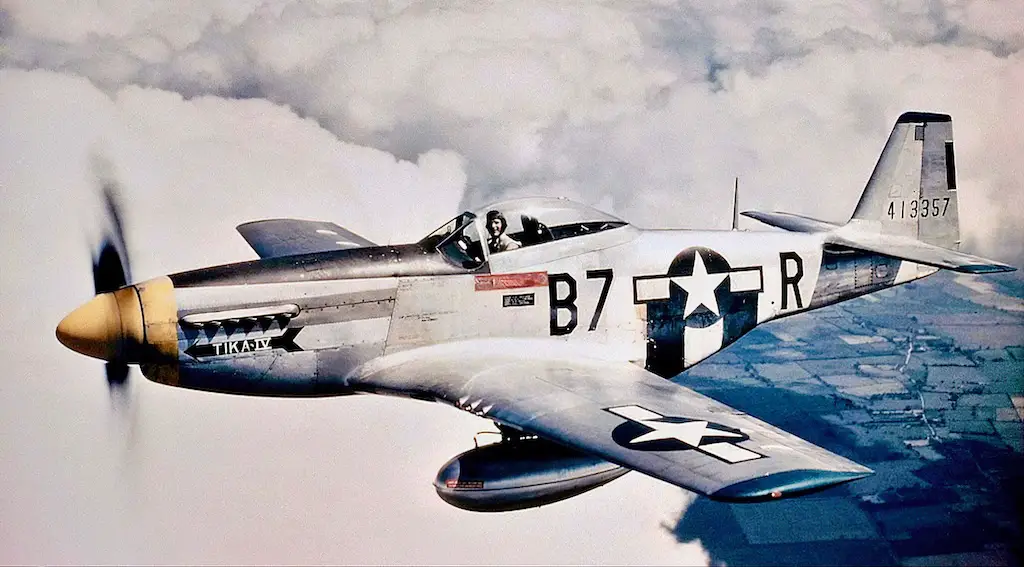
The Continuing Struggle and a Pilot’s Resilience
After D-Day, new challenges confronted Ed McNabb. He lost his P-51B, but soon took the helm of a superior P-51D. The battle for France pressed on, demanding the 355th’s skills in dive-bombing missions again. McNabb and his wingman, Lieutenant Thomas Foster, stood resolute, committed to supporting the ground forces.
On June 7, a mission directed them to a train loaded with enemy supplies. Tragedy struck: Foster’s aircraft crashed, likely due to an explosion from the bombs they had dropped. This incident laid bare the high risks and the steep learning curve of dive bombing. That same day, their squadron mates clashed fiercely with Focke-Wulf 190s, resulting in the loss of several pilots.
Reflecting on these events, we honor the bravery and dedication of pilots like Ed McNabb and Thomas Foster. Their experiences during and after D-Day stand as a testament to their valor and pay homage to the numerous others who bravely fought in Europe’s skies. Their legacy continues to inspire and remind us of freedom’s cost and the valor of its defenders.
